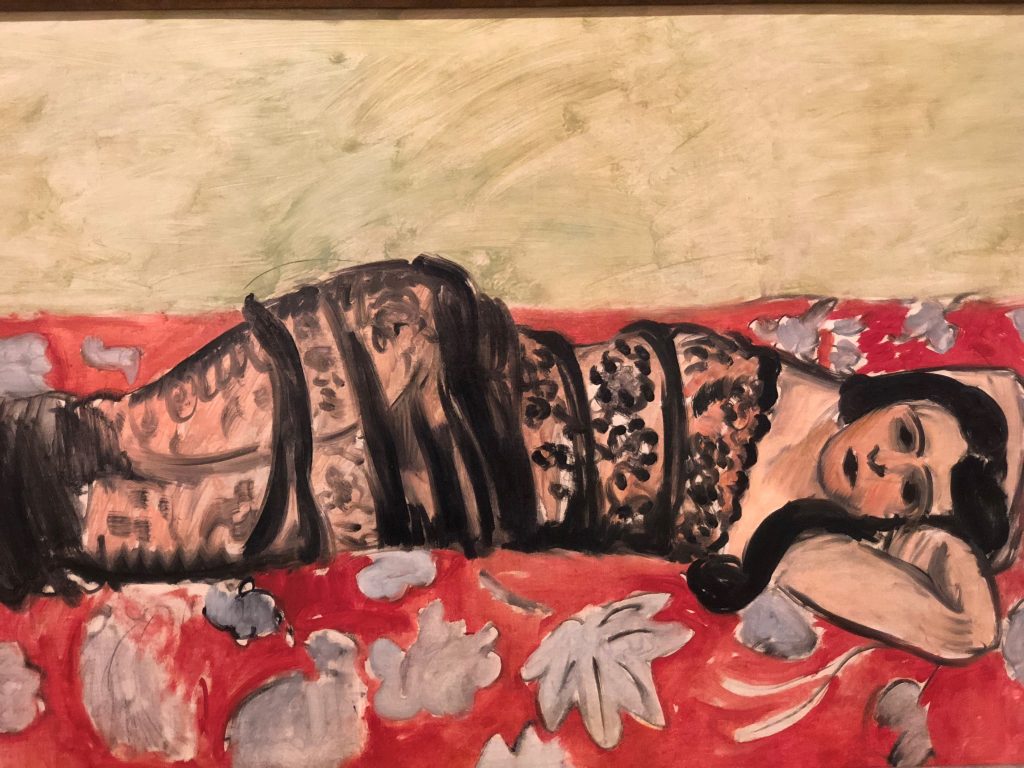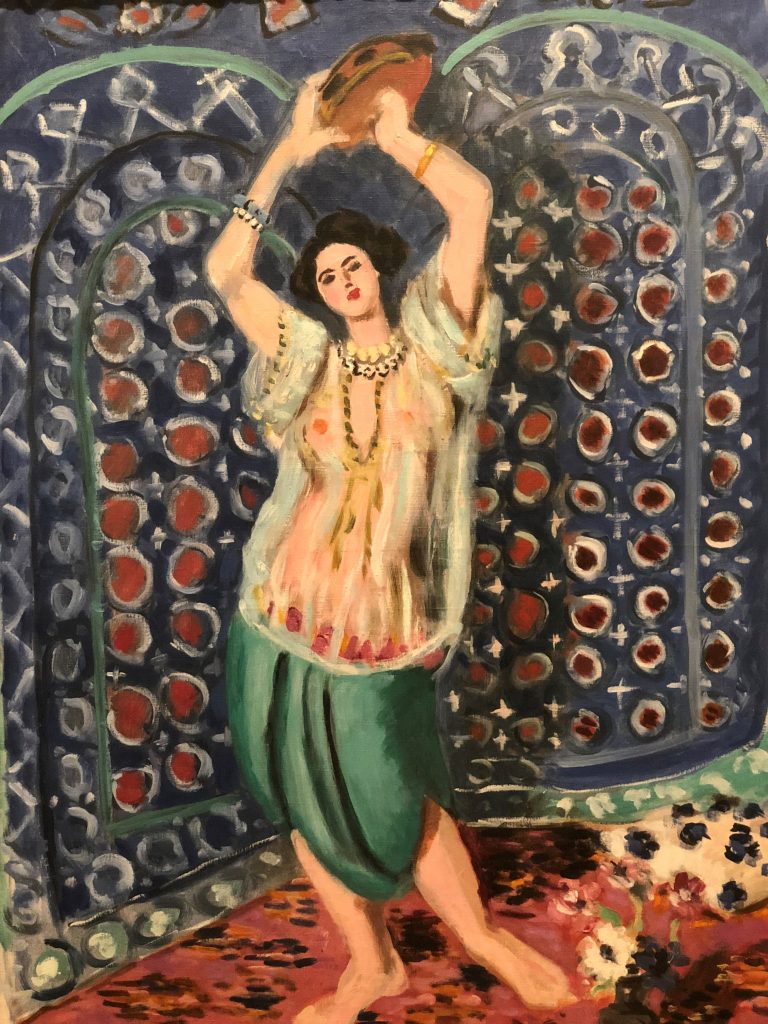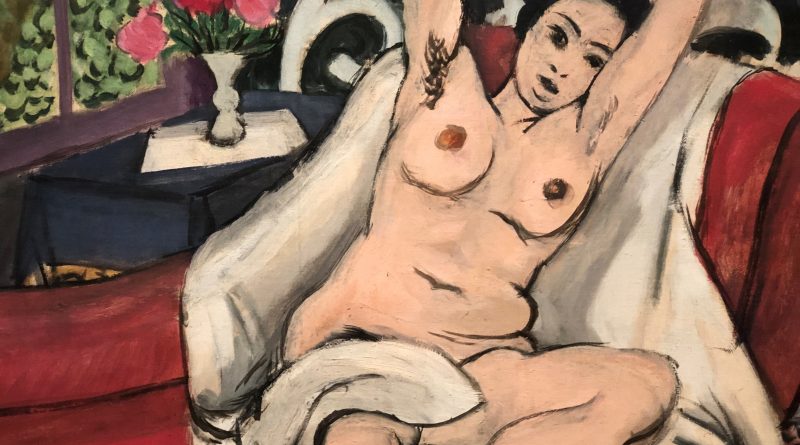Great Artists: Henri Matisse
Henri Matisse was one of the most influential artists of the twentieth century, whose stylistic innovations fundamentally altered the course of modern art and affected the art of several generations of younger painters. His career spanned almost six and a half decades.
His vast oeuvre encompassed painting, drawing, sculpture, and graphic arts such as etchings, linocuts, lithographs, and aquatints, paper cutouts, and book illustration. His varied subjects comprised landscape, still life, portraiture, domestic and studio interiors, and particularly focused on the female figure.
Initially trained as a lawyer, Matisse developed an interest in art only at age twenty-one. In 1891, he moved to Paris to study art. At the time dynamic Parisian artistic scene, such as Neoclassicism, Realism, Impressionism, and Neo-Impressionism, was taking hold.

Matisse’s early work showed the influence of an older generation of his compatriots: Édouard Manet and Paul Cézanne In the summer of 1904, while visiting his artist friend Paul Signac at Saint-Tropez, a small fishing village in Provence, Matisse discovered the bright light of southern France, which contributed to a change to a much brighter palette.
Matisse went on to create brilliantly colored canvases structured by color applied in a variety of brushwork.
In the autumn of 1917, Matisse traveled to Nice in the south of France, and eventually settled there for the rest of his life.
The years 1917–30 are known as his early Nice period, when his principal subject remained the female figure or an odalisque dressed in oriental costume or in various stages of undress, depicted as standing, seated, or reclining in a luxurious, exotic interior of Matisse’s own creation.

These works, influenced by the 19th century Orientalist movement, and the time Matisse spent in Tangiers, Morocco, were suffused with southern light, bright colors, and a profusion of decorative patterns. They emanate a hothouse atmosphere suggestive of a harem.
In 1929, Matisse temporarily stopped painting easel pictures. He then traveled to America and spent some time in Tahiti and New York as well as Baltimore, Maryland and Pennsylvania.
Dr. Albert Barnes, an important collector of modern art and owner of the largest Matisse holdings in America, commissioned the artist to paint a number of pictures in the 1930s and they remain in the Barnes Foundation Gallery in Philadelphia.
In the later part of his career Matisse began using a new technique—that of building up the composition from cutout shapes of previously colored paper. From 1940 onward, the paper cutouts became Matisse’s favored exploratory medium and, until the end of his life, the dominant medium of expression.
Another medium that Matisse explored and experimented with throughout his lifetime was drawing. As the most direct expression of the artist’s thoughts, drawing often helped Matisse to work out compositional and stylistic problems or new ideas. During the mid-1930s, he created distinctive series of pen-and-ink drawings.
Matisse’s creativity extended into the area of graphic arts and book illustration, the latter begun when he was already in his sixties, with the illustrations to Stéphane Mallarmé’s Poésies (1932), and culminated with the cutout compositions (1943–44) for his book Jazz (published in 1947).
But the crowning achievement of Matisse’s career was the commission for the Chapel of the Rosary in Vence (1948–51), for which he created all the wall decorations, Stations of the Cross, furniture, stained-glass windows, even the vestments and altarcloths. The beauty and simplicity of this project constituted Matisse’s spiritual Gesamtkunstwerk and attested to his creative genius.
To find out more watch out program Art Trails of the Riviera here
And Destination France




